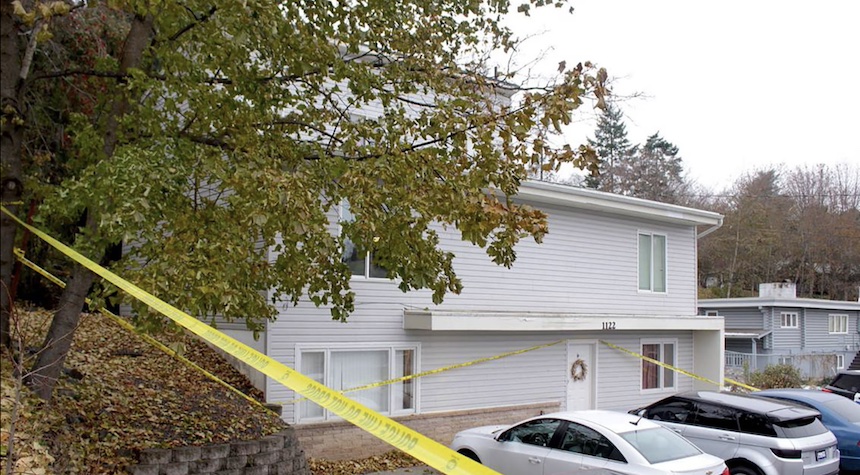New details have emerged regarding the quadruple homicide that took place at the University of Idaho in November 2022. These revelations shed light on the events of that tragic night and the subsequent investigation.
Dylan Mortensen, one of two surviving roommates, initially provided investigators with information that seemed to suggest the perpetrator’s familiarity with the victims. However, this lead proved to be less substantial as Mortensen’s recollection evolved during subsequent interviews.
Mortensen, who admitted to significant alcohol consumption that evening, initially reported hearing a male voice say, “It’s ok, Kaylee, I’m going to help you.” In later interviews, she omitted the victim’s name from this statement. Investigators note that Mortensen repeatedly emphasized her efforts to distinguish between actual memories and potential misconceptions.

Defense attorney Anne Taylor questioned Mortensen’s reliability as a witness, citing her intoxication and inconsistent statements. Prosecutors, however, maintained that while Mortensen’s account varied, it retained enough consistency to be considered credible. The judge ultimately ruled in favor of the prosecution on this matter.
The newly released documents provide a chilling timeline of events. Mortensen reported hearing what she believed to be victim Kaylee Goncalves moving about the house, followed by sounds of distress. She also described encountering a figure dressed in black in the hallway, though she did not perceive an immediate threat at the time.
The evidence suggests that the assailant, now identified as Bryan Kohberger, may have carried out the attacks in as little as two minutes and six seconds, or up to three minutes and forty-five seconds, based on timed reenactments conducted by law enforcement.

This raises important questions about campus security and the vulnerability of student housing. Reports indicate that the residence in question had an “open door policy,” with frequent visitors coming and going. One former resident expressed ongoing concerns about safety in the house, citing unlocked doors and unexplained noises.
The facts paint a picture of a tragedy that has deeply affected the University of Idaho community and beyond. While Bryan Kohberger has been sentenced to four life terms plus ten years after pleading guilty to all charges, many questions remain unanswered, including the motive for these heinous acts.
As this story continues to unfold, we must remain vigilant in our pursuit of truth and justice, while also respecting the privacy and healing process of those affected by this tragedy.


